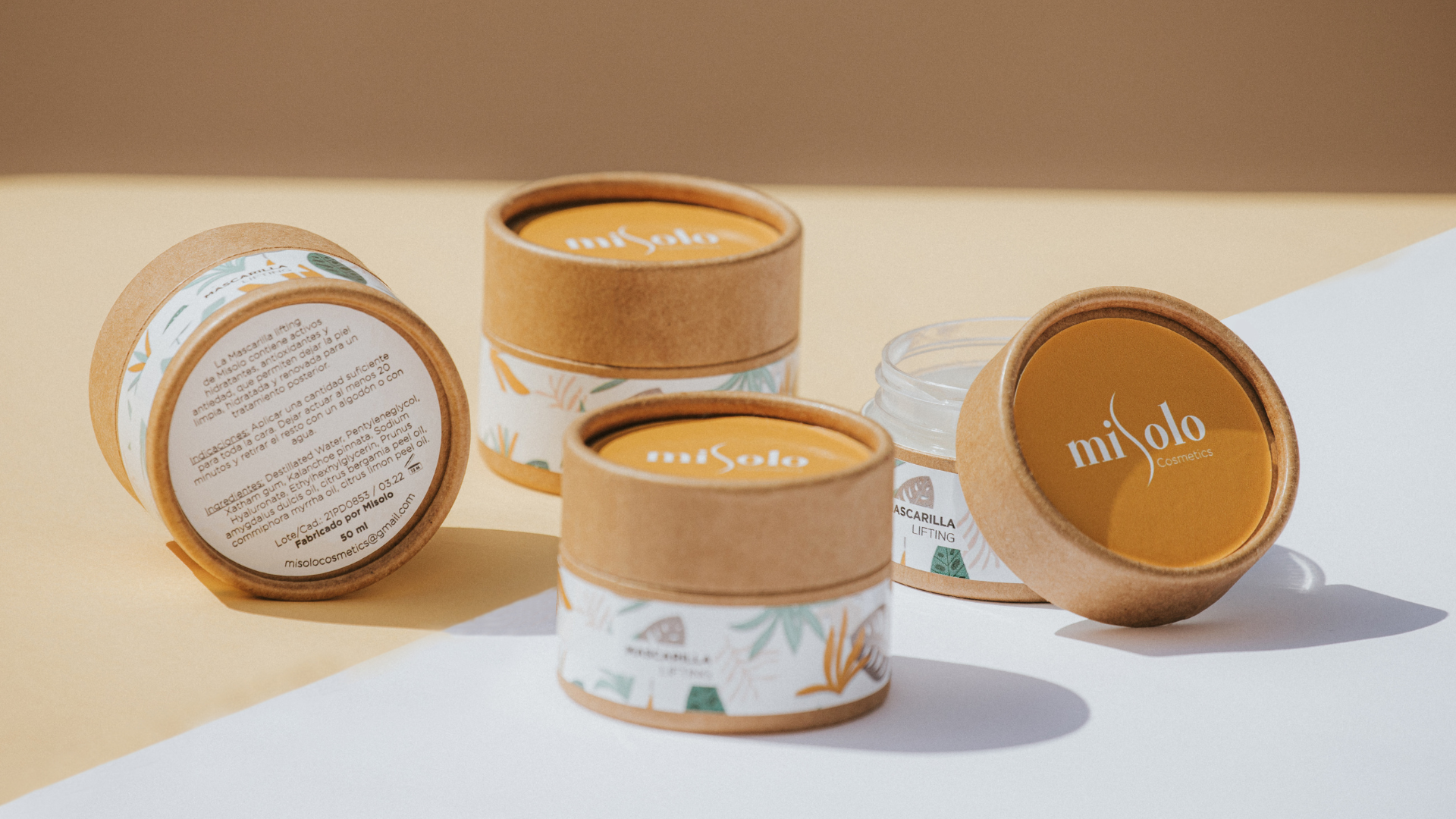
Private Label Pricing Strategy That Helps Small Retailers Stand Out 👮🏻
Sometimes real pricing power comes from standing apart, not blending in. One of the most effective ways to do that? Private labels. A well-crafted private label pricing strategy gives you control over how your products are valued—not just what they cost. With a private-label product, you’re no longer stuck in the comparison trap. You’re offering something different, something you control—on your terms. And that opens the door to pricing that reflects true value, not just competitor pressure.
Why Private Label Products Matter for Retail Pricing Strategy
Most small businesses treat private labels as a product decision, not a pricing one. That’s a missed opportunity to build a stronger private label pricing strategy.
When you sell someone else’s brand, they set the tone. You compete on price, not on value. And when competition heats up, your only move is to cut. That’s not a product pricing model—it’s survival mode.
But with a private-label product, like your own line of olive oil, candles, or spice mixes, you control everything: the price point, the packaging, the story behind it. That gives you the chance to price based on perceived value, not just cost or competitor positioning—a smarter way of pricing retail products.
>Download Now: Free PDF How To Drive Pricing Strategy To Accelerate Sales & EBIT Growth
How Private Label Products Create Pricing Power for Small Businesses
When a product is only available from you, the price conversation changes. You’re no longer part of a comparison chart—you’re in a category of one.
Let’s say you own a boutique homeware store and offer your own line of scented soy candles. A customer can’t just walk into a discount chain and buy the same candle for less. You’ve removed the benchmark. That gives you pricing power—and it’s the foundation of a strong private label pricing strategy.
This exclusivity lets you move beyond the dangerous habit of copying competitors’ prices. Instead, you can ask: What is this product worth to my customer? What role does it play in their life?
This is the shift from cost-plus pricing to value-based pricing, one of the more effective product pricing models for differentiated brands. You’re now pricing according to what the product does for the customer—emotionally, practically, aesthetically—not just what it costs to make. That’s a big leap forward in pricing maturity.
How Private Labels Help Protect Your Margins Without Discounting
Discounting is easy. Sustainable margin growth is not. That’s where a strong private label pricing strategy shines.
When you manufacture or source your own products, you unlock opportunities to design cost structures that work for your pricing goals, not against them. You can build in margin buffers, negotiate directly with suppliers, and create packaging or sizing that suits different product pricing models.
Let’s go back to that candle business. You can create a $15 single-wick version, a $25 double-wick version, and a $39 gift box bundle. Suddenly, you’re using price architecture—the “good-better-best” model that big retailers like Kroger use—to maximise average order value.
You’re not just selling more. You’re steering customers toward the price points that drive the best returns. That’s a pricing system. Not a guess.
Compare that to a retailer reselling branded candles with a fixed RRP and slim wholesale margin. They can’t adjust anything without cutting into profit. You can—and that’s the power of a tailored private label strategy.
Building Trust Through Price and Perceived Value
Sometimes people don’t trust cheap. They trust consistent, fair, and familiar. If you price too low, customers wonder what’s wrong. If your prices jump around, they hesitate to return. A strong private label pricing strategy lets you set the tone and deliver reliability.
As a small retailer with closer ties to your customers, you can play the long game. It doesn’t have to be aggressive markdowns to drive traffic. You can personalise promotions and invest in loyalty through predictability. That’s a trust-based pricing retail products approach.
The key is positioning. Your private label products for small business should look and feel like they’re worth the price. This includes packaging, shelf placement, naming, and brand voice.
A product called “Mason Grove Pantry Salted Caramel Sauce”, priced at $14.95, sounds intentional. A generic “Salted Caramel” at $6.50? It sounds like filler. And in pricing, perception is everything.
So don’t be afraid to own your price. Just make sure the rest of the product supports it.
How to Build a Private-Label Pricing Strategy Today
A private label pricing strategy doesn’t need to be complex. But it does need to be intentional. Here’s how to start:
1. Choose one high-potential product. Pick something customers already love.
2. Define your value proposition. Why is your version better, fresher, local, or more thoughtful?
3. Estimate costs and build price tiers. Design your margin from the start.
4. Test price points. Launch small and monitor what moves.
5. Invest in presentation. Design matters. Pricing power starts with perceived quality.
You don’t need a warehouse or manufacturer upfront. Many small retailers start by white-labelling from trusted suppliers, then gradually customise as demand grows. What’s important is starting with pricing in mind, not as an afterthought.
Operational Choices That Strengthen Your Private Label Pricing Strategy
Operational choices play a major role in strengthening a private label pricing strategy. For small retailers, the way products are sourced, produced, and managed can shape both margin potential and customer value.
The first step is supplier selection. Long-term supplier relationships create consistency in quality and cost. When a retailer becomes a valued partner, it becomes easier to negotiate better terms. This stability supports a private label pricing strategy because the cost base becomes more predictable. It also allows clearer decisions on packaging, quality, and product positioning.
The next step involves strong cost visibility. A clear breakdown of raw materials, labour, freight, and packaging helps retailers understand what a product should cost. This information creates a solid foundation for negotiation. It keeps the private label pricing strategy grounded in real numbers instead of guesswork.
Retailers can also run competitive sourcing events. Requesting quotes from multiple suppliers for specific components encourages competition at every level. This can reduce total cost and improve supplier performance. It also gives the retailer more control when shaping price tiers and product ranges.
Digital tools can support the process as well. Even simple dashboards can track cost changes in real time. When input costs rise, retailers can adjust production, review volumes, or modify price architecture early. This keeps the private label pricing strategy resilient in changing markets.
Quality control is another essential factor. Clear product specifications, routine checks, and consistent feedback loops build reliable standards. When customers trust a private label product, stronger pricing becomes easier to maintain.
A strong private label pricing strategy begins with strong operations. With the right choices, small retailers gain more control, more confidence, and more room to grow margins responsibly.
>>> Setup A Meeting With An Expert <<<
Retail Product Pricing Models That Stand Out
Pricing is about expressing value. When you sell someone else’s product, you can lose that voice. When you sell your own, a clear private label pricing strategy lets you decide what it’s worth—and design the experience around it.
If you’re still using outdated product pricing models to survive, not to grow, it’s time to change that. Start by identifying one product you could own, improve, and price with confidence. Don’t chase discounts. Build trust. And treat pricing as your strongest business asset.
Need help figuring it out? Get in touch. Let’s build pricing retail products strategies that set you apart—and keep your margins healthy.
For a comprehensive view of ensuring the continuous growth of your business, Download a complimentary brochure on How To Drive Pricing Strategy To Accelerate Sales & EBIT Growth.
Are you a small or medium-sized business in need of help aligning your pricing strategy, people and operations to deliver an immediate impact on profit?
If so, please call (+61) 2 8607 7001.
You can also email us at team@valueculture.com if you have any further questions.

